|
Experiential learning resources for the innovative educator
If Covid has taught me anything it is that no parent or teacher needs any additional stressors, such as coming across kinks and hurdles to getting learning materials to students. When someone purchases a digital resource of mine, I want the process of getting the resource to students to be seamless. Troubleshooting is an additional task that no one needs right now, or ever for that matter. I have had a couple of questions from buyers about how to get the digital resources that they're buying from me onto Google Classroom. I have since started adding instructions to all of my digital resources, but I wanted to add it here as well to give the visual folks out there some guidance. One of my own project-based learning resources is used as the example in the tutorial below. However, these step-by-step instructions apply across the board. You can use the following steps to assign all pdf's that include a link to a digital resource. My project-based learning resources (most of them) include a printable option with a link to a fillable Google Slides that can be assigned using Google Classroom. The following steps walk you through the process, from downloading the resource to sending a copy to each student on Google Classroom. 1. Purchase and download the resource! The resource in this example is a community action project about mental health. It is a combination of project-based learning, problem-based learning, and service-learning. Check this one out, and others like it at Experiential Learning Depot on TPT. 2. Find the Link and Click! After you have purchased one of my resources, you will download the pdf. The first page of the pdf in my resources contains a link and instructions to getting copies of the digital resource to your students. Click the link. 3. "Make a Copy" Prompt Clicking on the link will pull up prompt that allows you to make a copy. Click the blue "Make a Copy" button. 4. Automatic Copy to Your Google Drive Clicking the "Make a Copy" button will automatically deliver a copy of the resource to your Google Drive. The digital resource, in my case, a fillable Google Slides, will appear in a new tab. 5. Head to Google Classroom Head to the class that will receive the resource on Google Classroom and click on the "Classwork" tab. Then click "Create". 6. Create the Assignment Once you have clicked "Create", a list of options will pop up. You will click on "Assignment". 7. Assign a Copy of the Resource to Each Student Write in a title and add a description of the product for your students. Click on the paper clip "add" button on the bottom left. Click on "Google Drive". I then click on "recents", where I find the resource that was added when I forced a copy earlier. Click on that resource from your drive to add it to the assignment. MAKE SURE to click on "Make a copy for each student". If you do not click this, a view-only resource will be sent to students. Click "Assign" in the upper right hand corner when you're ready. 8. Student View This is what your students will see from their end once you have assigned the resource. They will be able to click on that assignment, open their copy of the Google Slides resource, and type right into the text boxes to design their own PBL projects. Next week I'll be adding tips on how teachers and students can communicate with each other about project-based learning experiences from Google Classroom. Distance project-based learning can be a challenge because in a classroom the teacher would be facilitating and offering feedback on progress and outcomes.
How do teachers oversee project-based learning experiences when they're not face-to-face with students? How do they approve projects? How do they provide feedback? Complete a rubric? Include self and peer assessments? All of these questions and more will be answered in next week's post. Stay-tuned. Follow Experiential Learning Depot on Pinterest & Instagram, for more on experiential education, and check out my TpT store for experiential learning resources. Observe. Question. Explore. Share.
2 Comments
|
Blog IntentTo provide innovative educational resources for educators, parents, and students, that go beyond lecture and worksheets. AuthorSara Segar, experiential life-science educator and advisor, curriculum writer, and mother of two. Categories
All
|
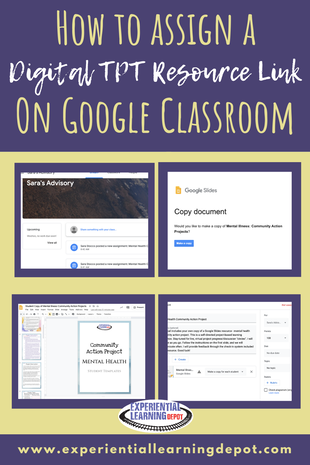
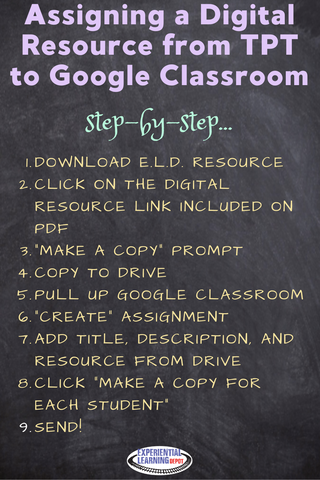
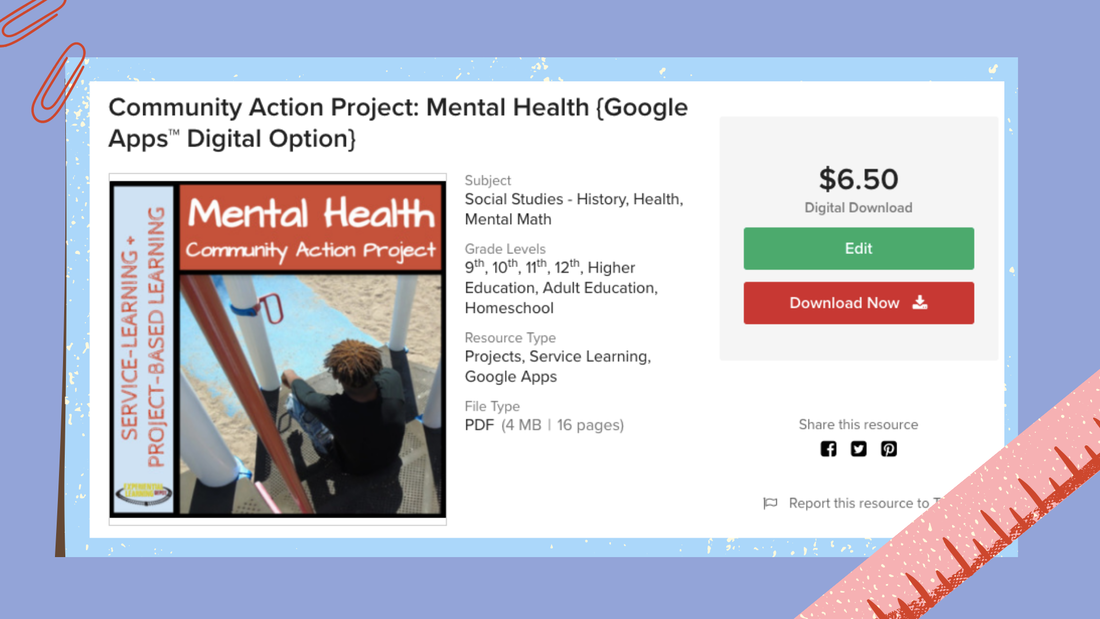
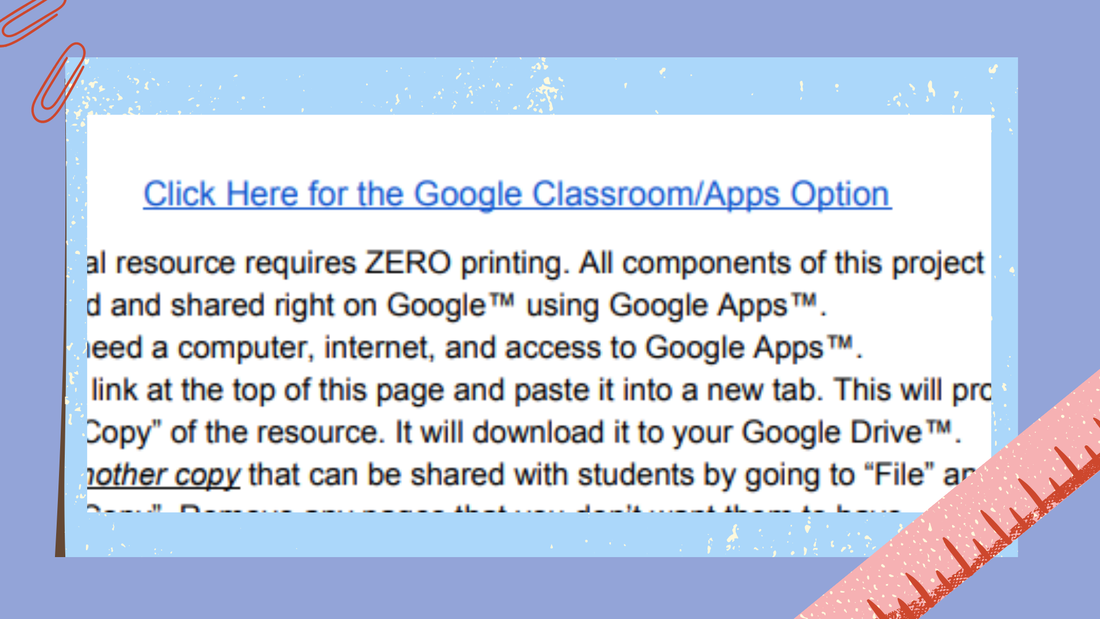
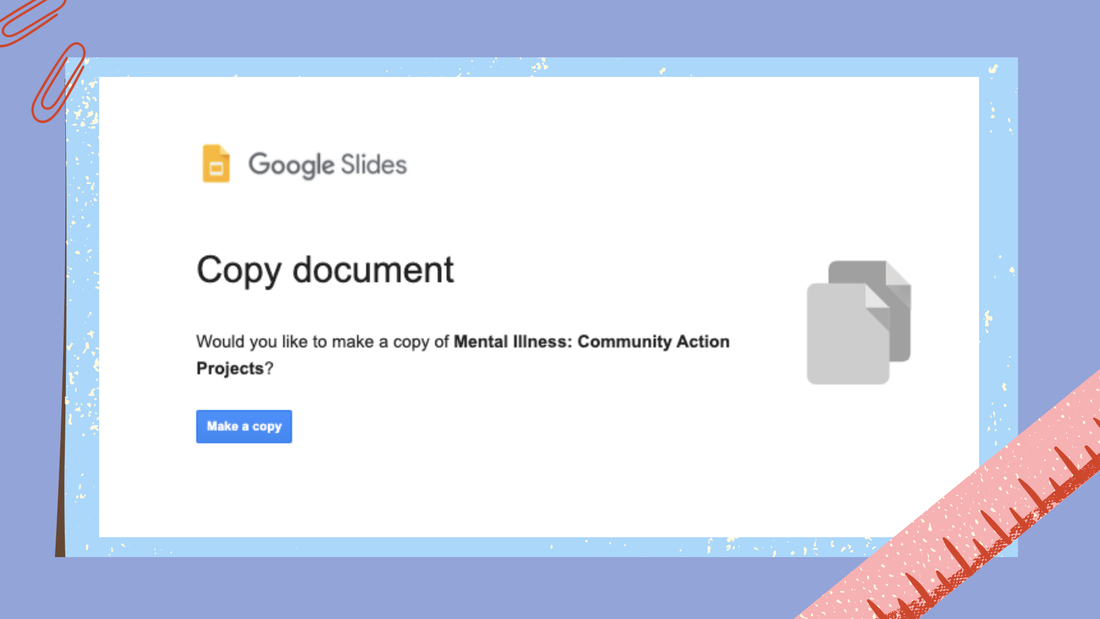
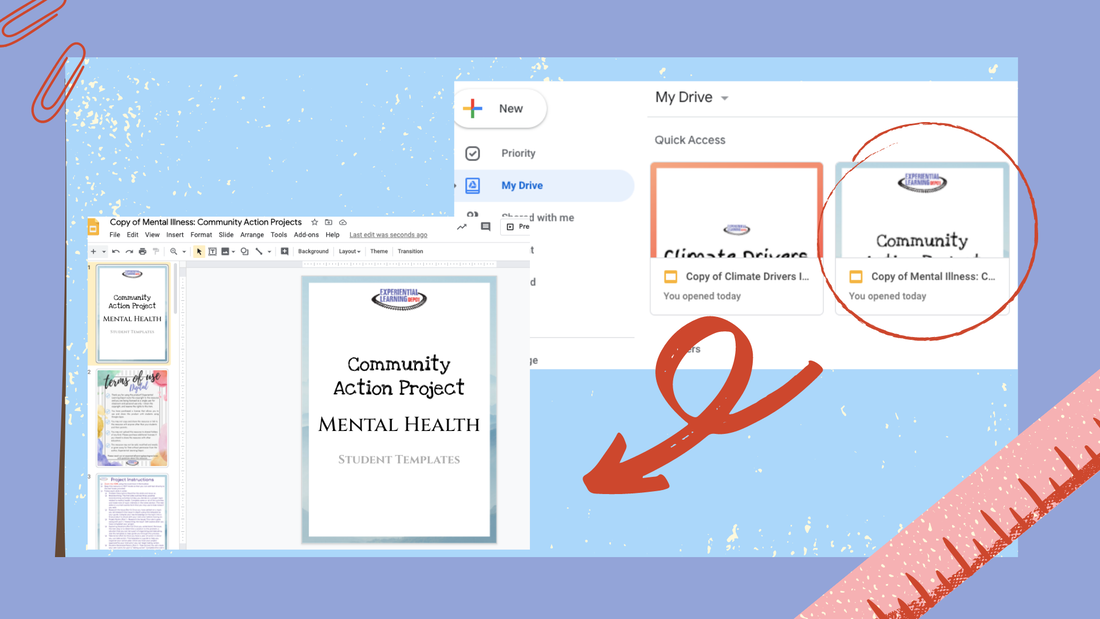
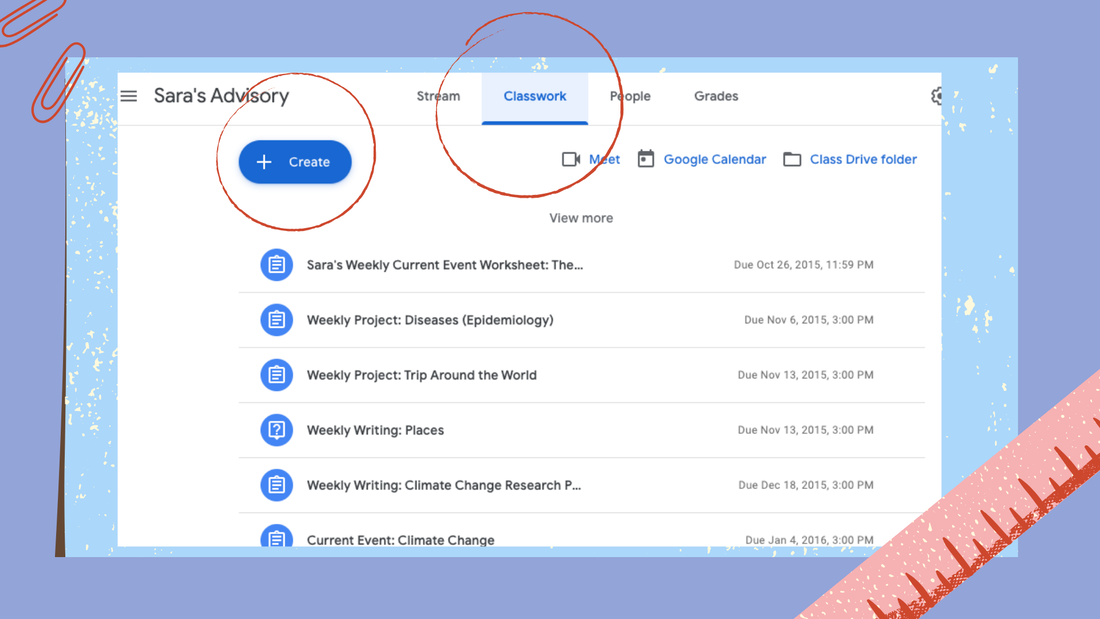
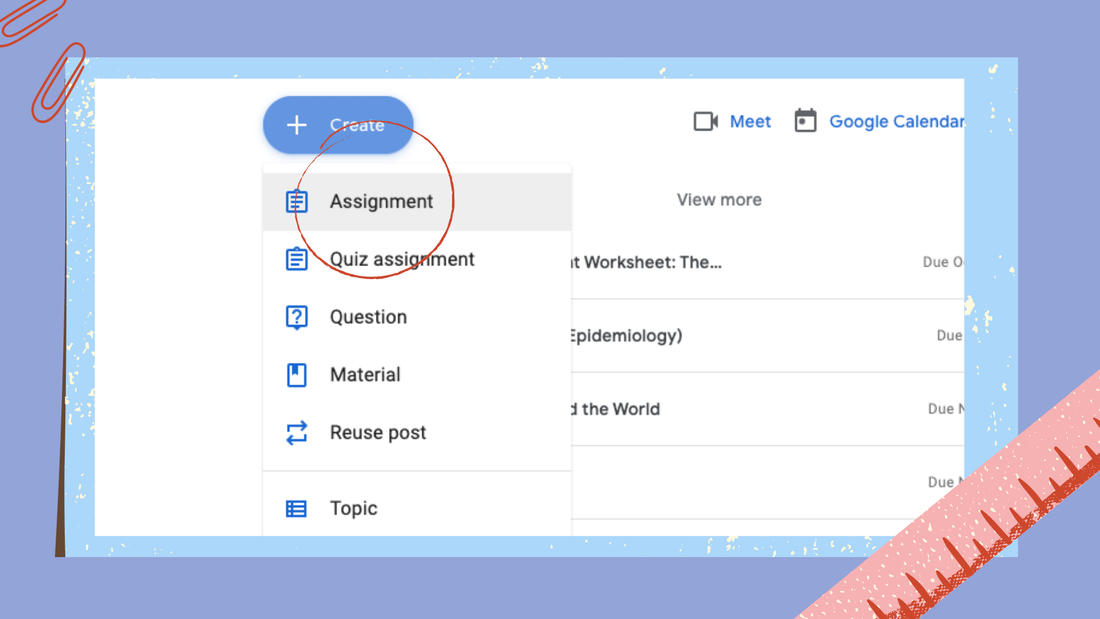




 RSS Feed
RSS Feed